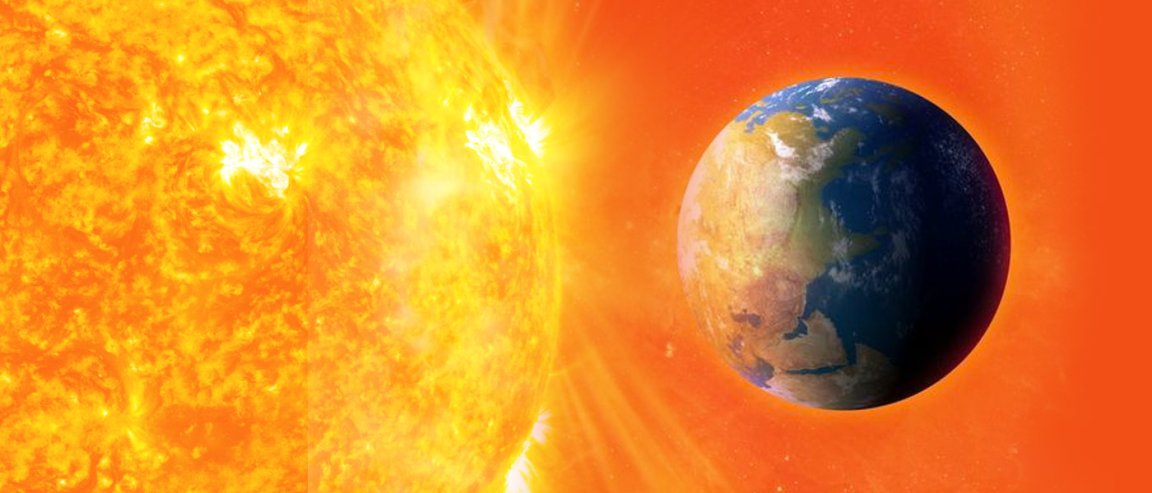
Our solar system is, in many ways, all that we know. It contains 8 planets, 5 dwarf planets, 166 moons, and thousands upon thousands of comets. Notably, these are just the objects that we’ve discovered so far. There could be other moons out there and, yes, even undiscovered dwarf planets.
Leaving out the minor objects (the comets) and all of the wandering bodies that we haven’t found yet, there are 179 major bodies in the solar system (180 if you count the Sun). That’s a lot of worlds to explore. And really, we haven’t even started yet.
To date, man has walked across just two of these objects. Two. That’s all.
This makes for a lot of unexplored territory. Indeed, even the surfaces that we have walked across are mostly unexplored. Case in point, According to the National Oceanic and Atmospheric Administration, we have explored less than 5% of the ocean. And considering that the ocean covers some 70% of our planet. That is a lot of unexplored territory if you ask me. Moreover, although the surface of the Earth is littered with people, researches exploring the recesses of our world discover dozens of new species each day.
But although there is a lot that we still don’t know—that we haven’t explored—there are a number of things that we do know. So take a moment to dive into our solar system…
The infographic begins with basic information about our solar system. The first image depicts the name, orbital paths, and myths connected to the major planets. Subsequent images delve into each planet in more detail. Each contains a paragraph that discusses some of the most interesting facts about the world in question. The angled lines along the bottom contain all the technical information, such as orbital period, orbital distance, mass, size, atmospheric composition etc. A host of images are also included.
In essence, these images contain everything you’ll likely ever need to know about the planets in our solar system. The graphics were created by Cameron McCloskey at DarkHat. You can download a high resolution infographic here (we put the smaller HD version on the main page for our mobile friends, so we wouldn’t freeze their devices). The link to the high-res images also contains videos that show how the infographics were created. The video below will give you just a small taste of the effort that went into this project.
Do note:
In order to see the smaller text, we recommend just zooming in using CTRL+. That way, you can zoom in as much or as little as you like. Alternatively, you can click each image individually, and you will get a larger rendering.
See the Work:
